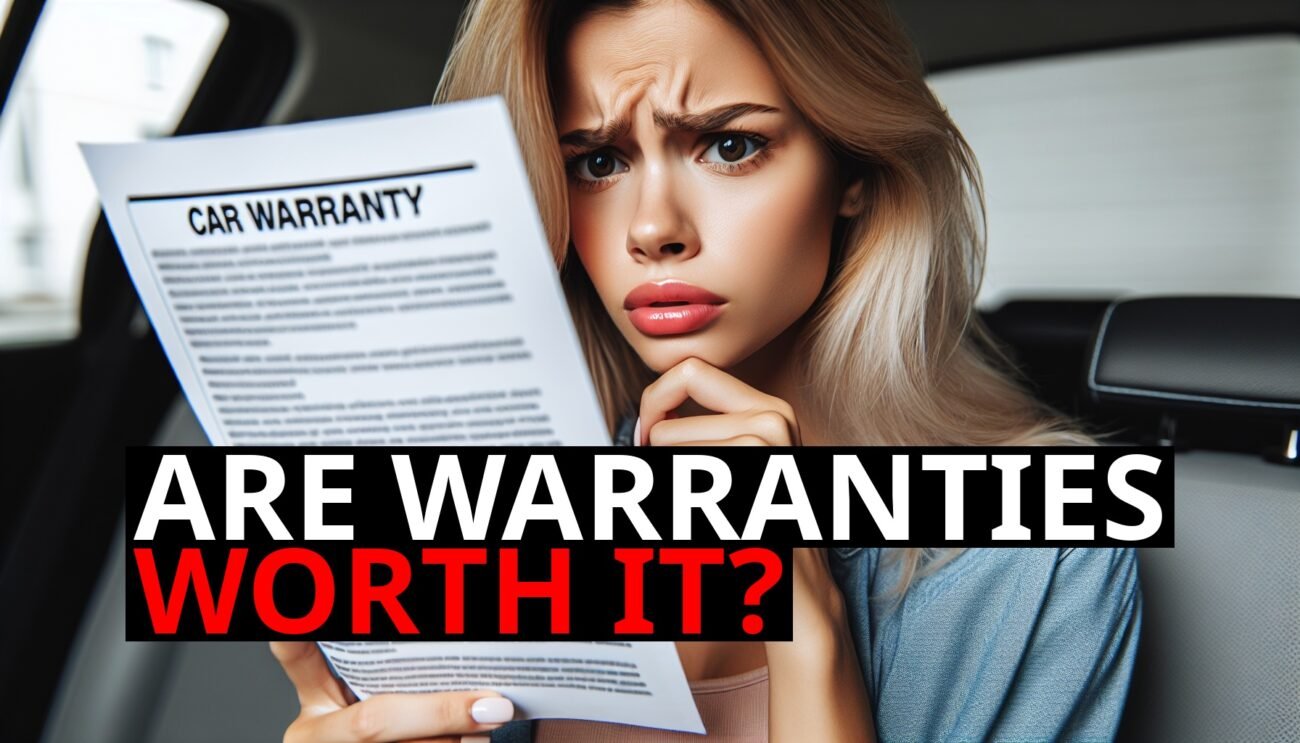– Bad Deal for Consumers:
– Low Payout Ratio: The primary reason extended warranties are a poor deal for consumers is the low payout ratio. Consumers typically receive back only a fraction (20% to 50%) of what they pay in, making it unlikely that the warranty will pay for itself unless a significant issue arises.
– Rarely Used: A significant percentage of consumers (often over 50%) never use their extended warranty, which further diminishes the value of these plans. This is particularly true for electronics and home appliances where the likelihood of expensive repairs during the extended warranty period is low
(Credence”>Source“>Source Research)
(BlueWeave”>Source“>Source Consulting).
– Why Companies Love Selling Them:
– High Profit Margins: Extended warranties are a major profit center for companies. With a payout ratio that heavily favors the provider, these plans generate substantial revenue while incurring relatively low costs in claims. This is why retailers aggressively push these warranties at the point of sale.
– Customer Retention: Offering extended warranties can help companies retain customers, as they create a longer relationship with the buyer. For instance, when repairs are needed, consumers are more likely to return to the retailer or manufacturer, which can lead to additional sales opportunities
(Credence”>Source“>Source Research)
(BlueWeave”>Source“>Source Consulting).
Other Considerations:
– Peace of Mind vs. Actual Value:
– Psychological Comfort: Consumers often purchase extended warranties for the peace of mind, not necessarily for the financial value. This psychological comfort can be worth something to consumers, but it’s essential to weigh this against the actual cost and likelihood of using the warranty.
– Increased Complexity and Repair Costs:
– Modern Products: As products like electronics and appliances become more complex, the cost of repairs can rise. This makes extended warranties seem more appealing, even though the actual payout rates remain low. Consumers need to consider whether the complexity justifies the warranty cost or if it would be more cost-effective to save for potential repairs
(BlueWeave”>Source“>Source Consulting).
– Alternative Protection Options:
– Consumer Rights: Many products already come with robust manufacturer warranties and consumer protection laws that cover defects and issues without needing an extended warranty. Consumers should be aware of their rights and what is already covered before purchasing additional protection.
– Self-Insurance: Setting aside money in a savings account for potential repairs (self-insuring) can often be a better financial strategy than purchasing an extended warranty, especially given the low payout ratios
(BlueWeave”>Source“>Source Consulting).
What You Haven’T Thought About:
– Exclusions and Fine Print:
– What’s Not Covered: Extended warranties often have many exclusions and limitations, which means that common issues might not be covered. Understanding the fine print is crucial, as some warranties may not cover wear and tear, which is one of the most common reasons for repairs
(Credence”>Source“>Source Research).
– Impact on Product Choices:
– Influencing Buying Decisions: The availability of an extended warranty might influence a consumer’s decision to buy a more expensive or complex product, believing the warranty will protect their investment. This can lead to overspending or purchasing products they might not need.
– Market Dynamics:
– Evolving Products: As products evolve, particularly with the rise of IoT devices and smart appliances, the complexity and potential repair costs will continue to grow. This could change the dynamics of whether an extended warranty might be worth it in the future, but for now, the payout ratios remain low
(BlueWeave”>Source“>Source Consulting).
Conclusion:
Extended warranties are generally not a good deal for consumers due to low payout ratios and the infrequent use of the coverage. They are a lucrative product for companies, offering high profit margins and encouraging customer loyalty. Consumers should critically assess the value of these warranties, consider alternatives like self-insuring, and be aware of the limitations before making a decision.













